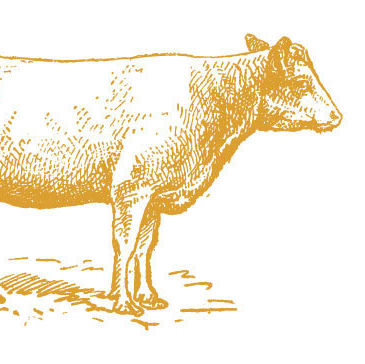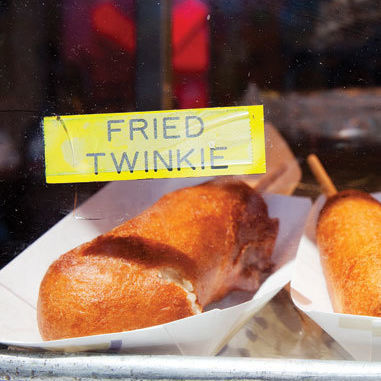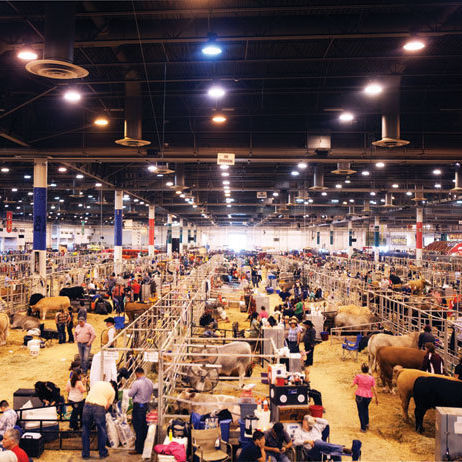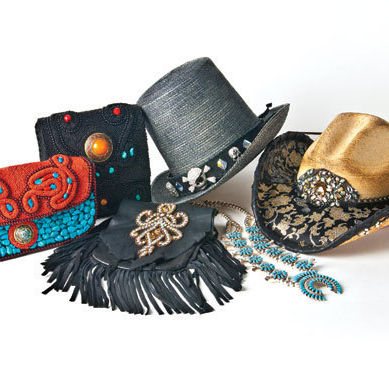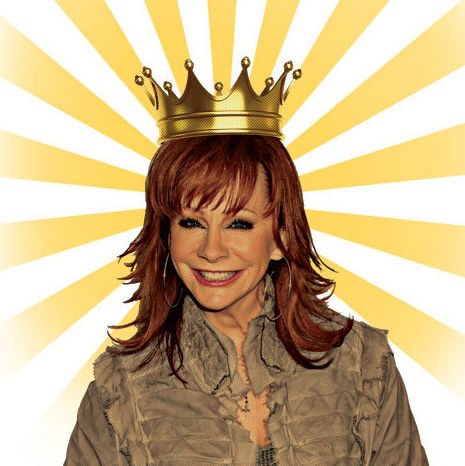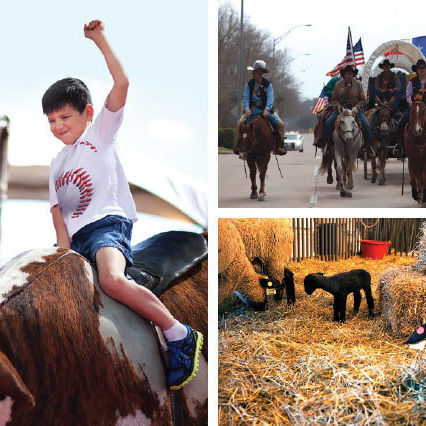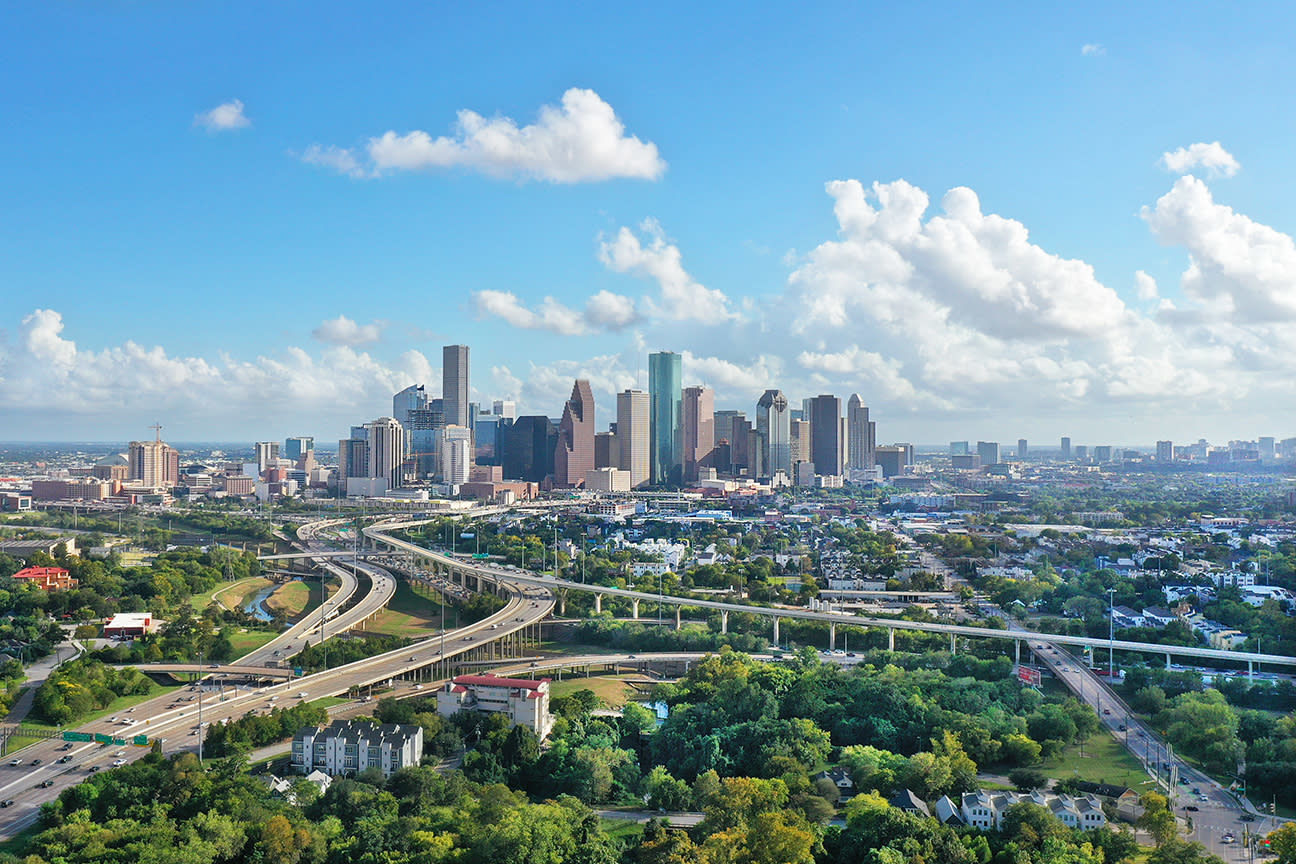Rodeo History: A Ten-Gallon Tale
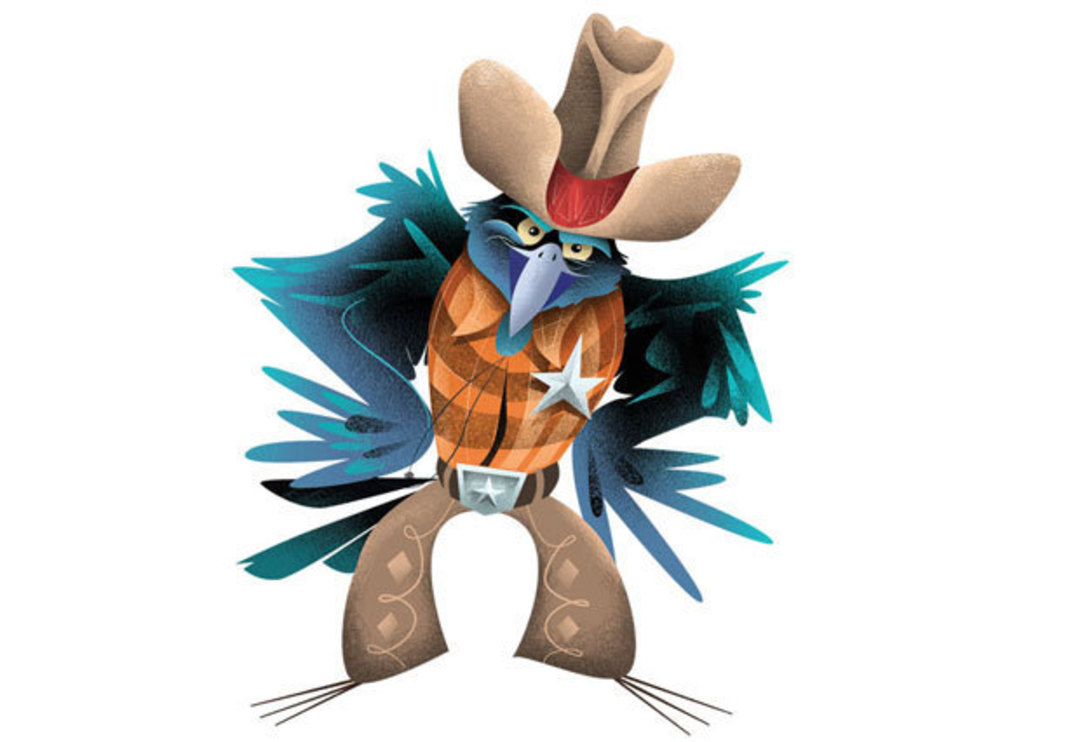
STOP A RANDOM STRANGER on the streets of Anytown, USA and ask her what she thinks of Houston. She’ll probably start talking about boots and spurs, stampeding steers, six-shooters, ten-gallon hats. That’s not because of our history. Houston was never a cow town. Most 19th-century Bayou City fortunes were plucked from the cotton patch or nailed down through railroads, and since then it’s been all about oil and shipping.
No, our perception by outsiders has everything to do with the rodeo. Today, it’s officially known as the Houston Livestock Show and Rodeo or stylized as RodeoHouston.
Its founders almost certainly didn’t expect what it would become: 2017’s rodeo drew a record 2.6 million visitors, more than the entire population of the City of Houston.
It all started in 1931, in the depths of the Great Depression, at the Texas State Hotel (now the Club Quarters hotel). There, seven men convened by Port City Stockyards owner James W. Sartwelle gathered over lunch to address an old problem: the lack of a cattle market in Southeast Texas, despite the presence of 2 million head of steer in the 16-county region. No longer would they ship those animals to Chicago and Kansas City, it was decided. The Houston Fat Stock Show and Livestock Exposition was born the following year.
The first show was held in the ramshackle Sam Houston Hall. Free barbecue was offered to visitors after 6 p.m., and a measly 2,000 were enticed over five days. The Grand Champion Steer fetched $504, and overall, the Show lost $2,800.
A rodeo and parade would not enter the mix until close to the end of the decade, nor would Go Texan Day. That came in 1938, when a booster named Bill Blanton instructed his Fat Stock Show ticket sales force to “grow beards, wear big hats, boots, and spurs. Let’s put a little touch of the Wild West into this thing.”
1938 was a watershed year all around. The event found a new home in the Sam Houston Coliseum. A 65-piece cowboy orchestra performed in the parade alongside Sam Houston High School’s all-girl Black Battalion. Editors of 80 Texas newspapers attended press day. By 1942, big names like Gene Autry were serenading attendees, while carnival midways along Buffalo Bayou offered games of chance and deep-fried delicacies.
Other innovations would come with time. Four men rode to town from Brenham in ’52, thus launching the trail ride tradition, now enjoyed yearly by 3,000 riders. The very first rodeo scholarship would be handed out in 1957 (to date, the organization has given more than $350 million in educational assistance). The word “Fat” would be discreetly jettisoned from billings of the event. The Show moved to the Astrodome in 1966. Elvis would enter the building. Rodeo outreach in the form of yearly Heritage and Go Tejano nights would prove to be a tremendous success.
The show ended its run at the Dome in 2002 and moved to Reliant the following year, with the living, breathing embodiment of the rodeo—George Strait—singing “The Cowboy Rides Away.” Actually, thanks to the rodeo, the cowboys are here to stay.
